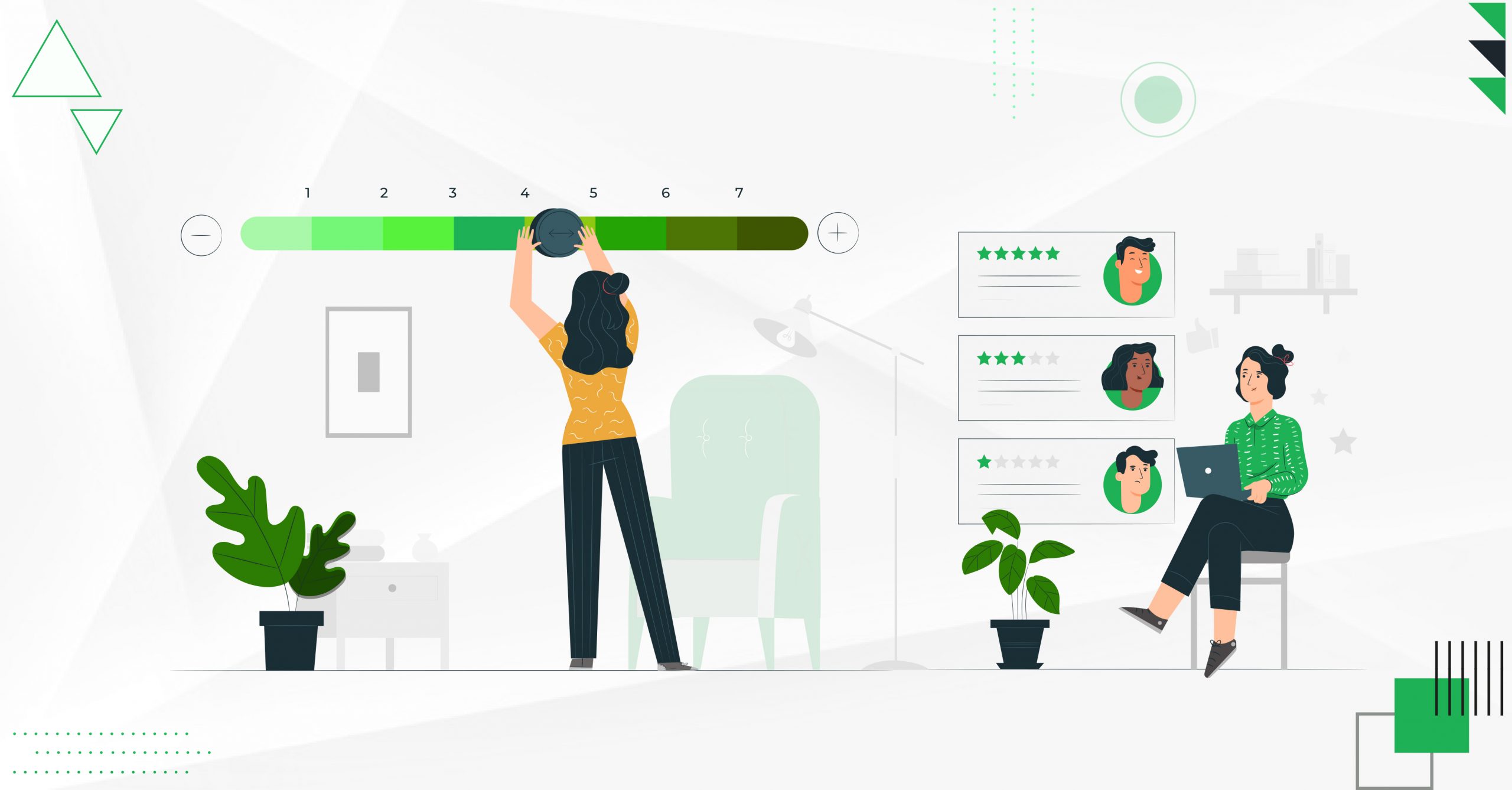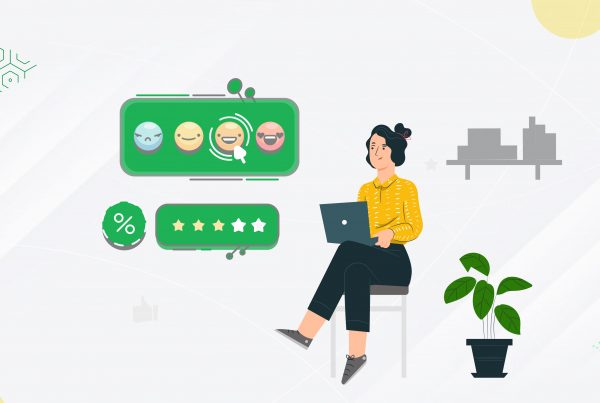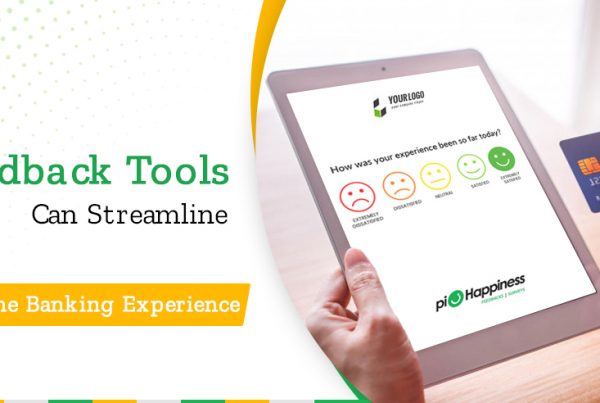What Is Customer Churn?
Loss in the number of customers or clients is known as customer attrition or customer churn. Customer churn analysis helps companies realize what percent of people unsubscribe to their services in a certain time frame. Calculating one’s customer attrition rate is a critical business metric as acquiring a new customer costs higher than retaining an old one. Old customers are already loyal and consistently indulge in business whereas new clients need to be convinced and given perks initially to be won over. Customer churn affects revenue and business. There are two types of customer churn:
Voluntary Churn: Voluntary churn happens when customers decide to shift to other service providers.
Involuntary Churn: Involuntary churn is when customers move away from a brand because of technical inefficiencies like server jams, credit card malfunctions, etc. This can be easily prevented. However, it usually goes unnoticed as it is a result of credit card limits or server errors.
🔍 Discover the top causes of customer churn and how to tackle them effectively!
🚀 Boost your retention with piHappiness❤ today!High churn rates result in stunted growth of the business. It results in the generation of lower revenues and a lack of brand awareness. The bottom line suffers because acquiring new clients is expensive. The loss of clients indicates low reliability and unrepaired loopholes.
Five Leading Causes That Lead to Customer Churn
Just ensuring the availability of quality products and applying good strategies for growth does not ensure that customer churn will be prevented. Analyzing the reasons that result in customer attrition can help identify the problem. Five leading causes that lead to customer churn are:
1. Customers Not Receiving the Desired Outcome
Customers need to be convinced to choose a particular product or service. They start relying on the company when the product meets their expectations. Delay in helping the customer achieve what they are looking for, makes churn inevitable. It is important to have a good onboard process that bridges the gap between the signup and first success. For products, customers soon get frustrated if the key features fail to deliver the promised result.
Prevention: Sometimes customers reduce the use of services less. Hence, it is very difficult to predict churn or instantly realize that it is happening. It is important that churn is hence detected and the loss it may incur is predicted. A customer churn prediction software like piHappiness can predict sales analytics and instantly find out when a particular customer last made contact. It can compare the behavior of at-risk customers to the other customers and find out what services or products these customers use. This will help to identify what service is not delivering the desired outcome.
2. Customer Churn Driven by Competitors
No matter how good a particular product or service is, customers will always go for better. Customers opt for services or products that fit their definition of useful. They go for companies that have optimized onboarding techniques. Losing customers to a competitor reduces market share, makes the competitor potentially stronger, and lowers employee morale.
Prevention: A customer churn software can come handy in this case. It is designed to focus on retaining customer favor, identifying the customers at risk of churning, and dissatisfied customers. A customer churn software provides a real-time understanding of the needs of a customer.
3. Choosing to Close the Wrong Deal
Targeting the wrong group of customers to promote a product that does not match their expectations can lead to this. If customers buy a product with aims in mind that it can’t deliver, they will be dissatisfied. Customers must realize the role of a product before opting for it. Dissatisfaction and miscommunication cause a lot of customer churn.
Prevention: The details of products or what a particular service offers must be specified. The customer needs to be educated about the role of products. Targeting the right customer group to promote or sell a product is very crucial.
4. Lack of Consistent Customer Success
If a product or service achieves good success at first but fails to be consistent, it leads to customer churn. This is often a result of a lack of engagement with the customers. Customers need to be regularly updated about new facilities or special offers. A customer always aims for a profit in the long haul, so consistency is the key.
Prevention: Customer happiness and long-term satisfaction are very important to prevent churn. Consistent efforts to analyze and work in line with the desires and goals of a customer helps to retain customer traffic and attract new customers. A customer happiness software like piHappiness provides information about surveys on business conduct. It helps understand if one’s business model, execution, and customer expectations are in line.
5. Mismanagement of Support
It is crucial to incorporate the use of technology in business. However, if customers are using services over the mobile phone, a lot of inconveniences might be caused. A continuous disturbance in the connection or the slightest miscommunication can lead to customer churn.
Prevention: Easy to use and competent, a customer happiness app can prevent the creation of deal-breaking scenarios. Here, a customer happiness app like piHappiness that is accessible from multiple devices and that can be customized may be of help. It ties emails, chat, or calls, etc. to one software and enables multilingual support and readily available help desk. Thus, this supports interactive business.
Conclusion
Platforms like piHappiness offer software and apps to facilitate collection of 360- degree feedback, analytics, and survey management. It makes standing up to customer expectations easier. They establish an interactive platform to ensure customer satisfaction and happiness and prevent churn in the longer run.








